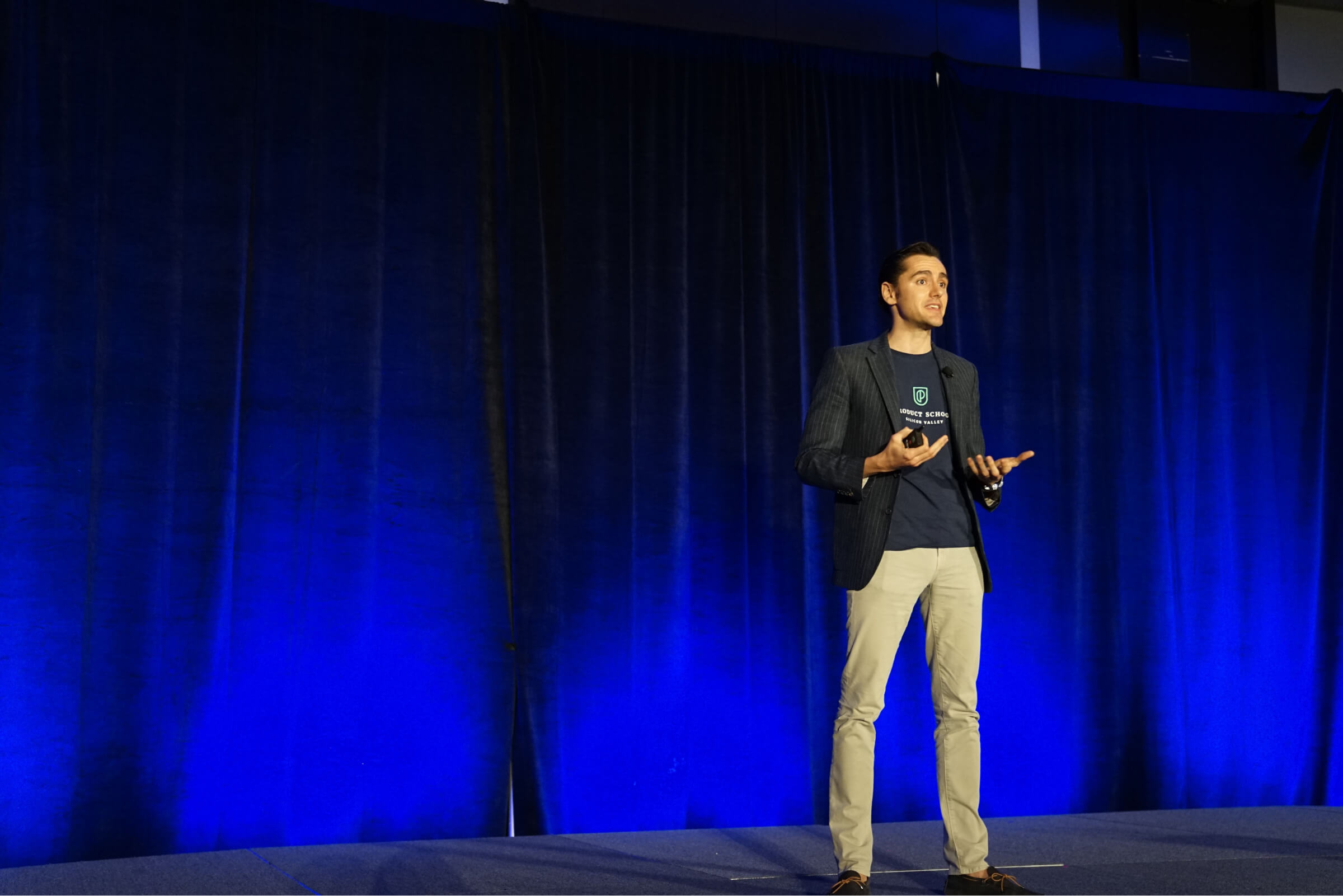
An ongoing global pandemic has necessitated a shift in how organizations conduct events, training, and conferences. Many organizations are still working to successfully transition to this model of running remote events, while others are working to make them a more permanent part of their learning and development strategy. Either way, livestream events offer a flexible, engaging way to reach your employees.
Livestream events are a great way to engage a large group on a specific topic. They also offer the benefit of recording for later playback for anyone who misses the event or needs a refresher.
In the age of increased (and possibly permanent) remote work, livestream events are becoming a critical part of an organization’s communication strategy. Organizations use livestream formats to successfully:
Here’s what to keep in mind when hosting or conducting your next livestream:
Even when social distancing isn’t a priority, livestream events are a useful learning and development tool. Livestream events give learners easy access to authentic, engaging learning experiences. Organizations can livestream immersive, branded training on whatever device is most comfortable for employees. From supporting corporate communication to rolling out a new product line, live streaming events support a wide range of learning and communication needs.
If you’re looking for a partner in developing livestream event content or want support transitioning from in-person to remote events, get in touch with our team today.
These Stories on Learning Strategy
One of the most impactful emotional intelligence (EI) activities ...
I’m willing to bet that most of you ...
As the word echoed in the boardroom, all eyes turned to Klara, the new VP of ...
Copyright © 2025 Ardent Learning Inc. All Rights Reserved.